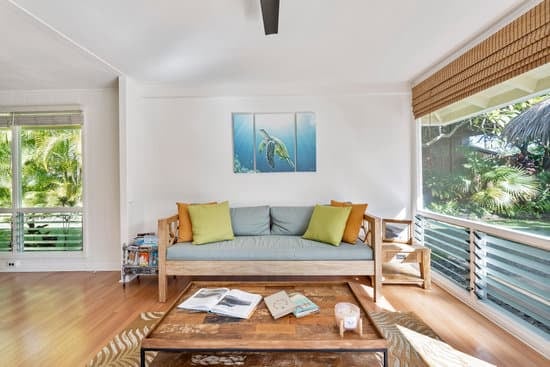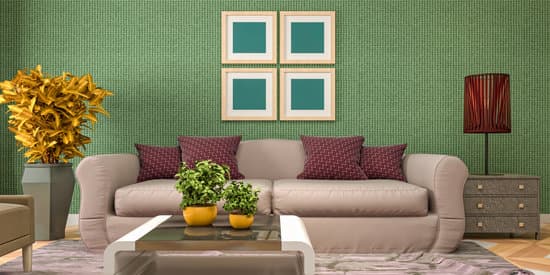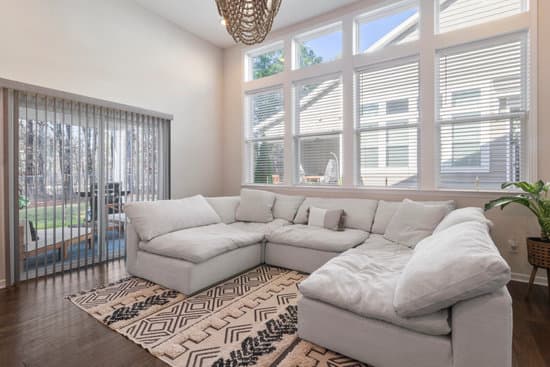When it comes to decorating, color is key. There are three color types that are commonly used in the creative process, including primary, secondary, and tertiary colors. Here’s a breakdown of each:
Primary Colors – These colors include yellow, red, and blue. They are considered the foundation of any color wheel and cannot be created by mixing other colors together.
Secondary Colors – These colors are created by mixing two primary colors together. The secondary colors include green (a mix of blue and yellow), orange (a mix of red and yellow), and violet (a mix of red and blue).
Tertiary Colors – These hues are created when a primary color is mixed with a secondary color. Examples include yellow-green, red-orange, and blue-violet.
By understanding the different types of colors and how they are created, you can create beautiful, cohesive designs that are both eye-catching and pleasing to the senses. Whether you’re looking to create a bold statement or a more subtle color palette, considering the different color types and how they work together is key.




















